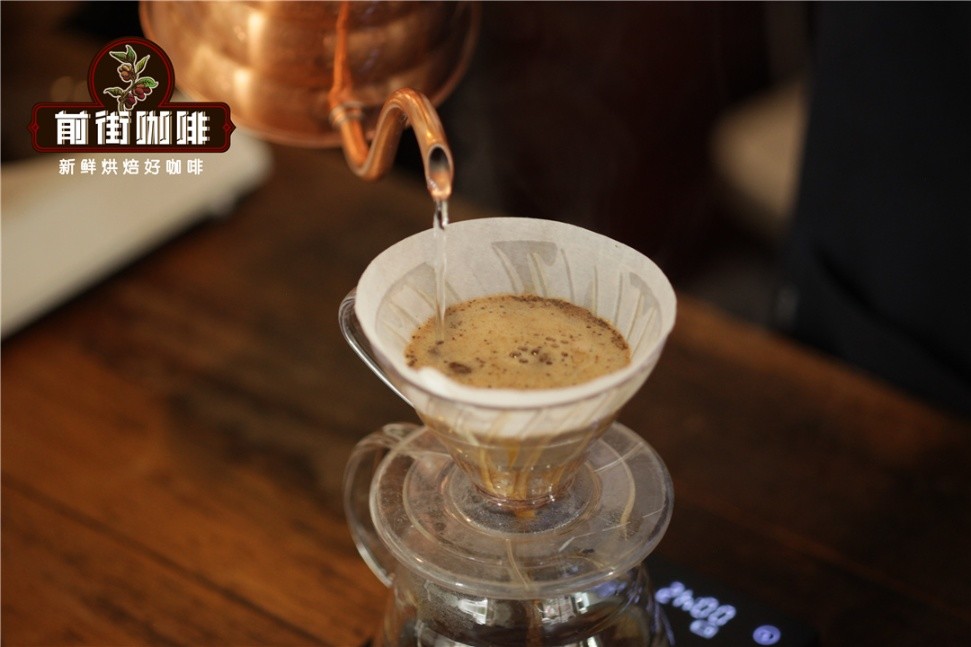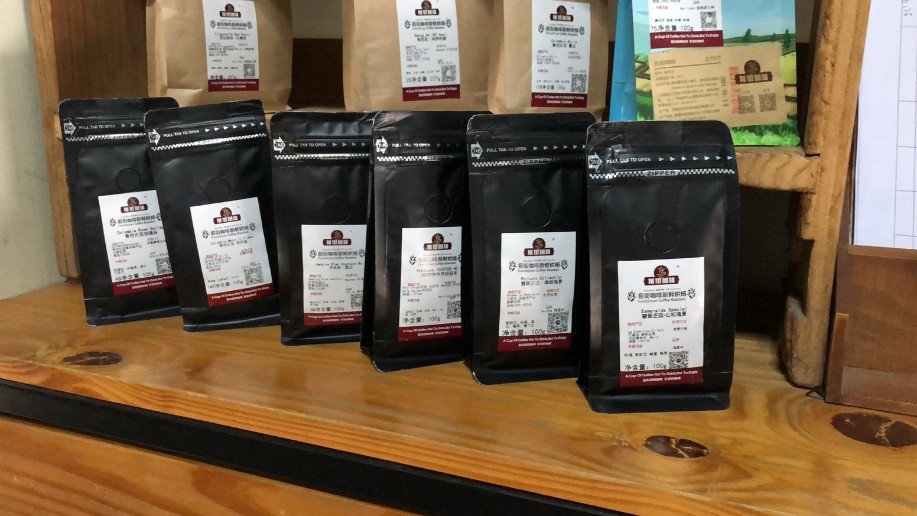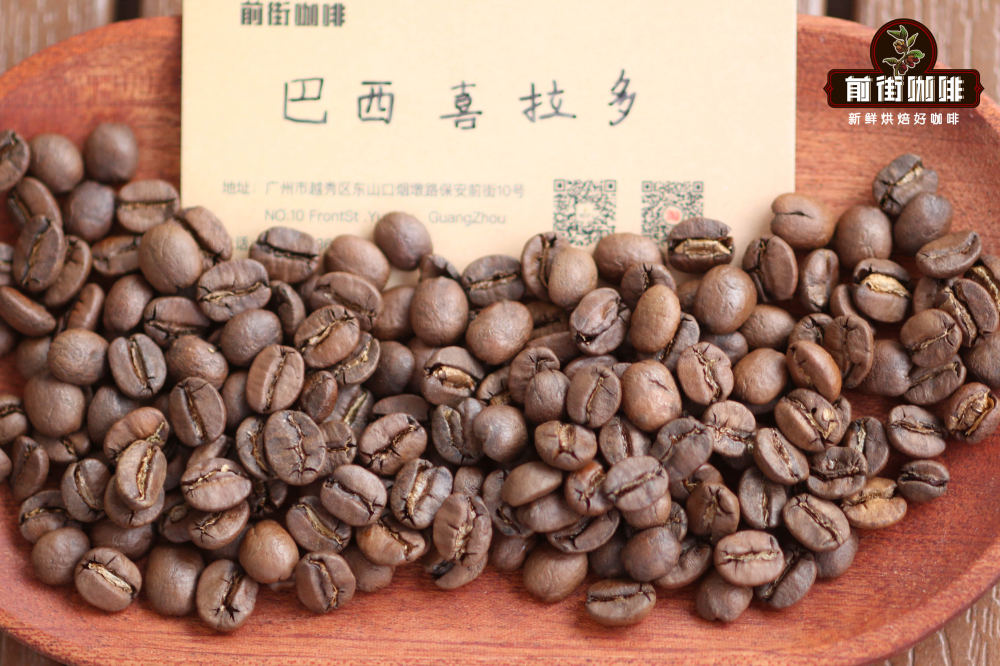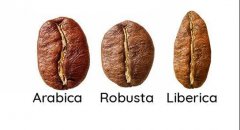How to deal with bubbles in coffee Why do fresh coffee beans need exhaust Coffee spoilage reasons
What to do when there are bubbles in the coffee? why do fresh coffee beans need exhaust coffee? why does the coffee go bad?
When bubbles appear in coffee, the bubbles or bubbles are formed by carbon dioxide released from coffee grounds. It is called coffee flowers. The gas is trapped during baking and then released when water is added.

It doesn't affect the taste of coffee, it doesn't mean anything bad, it actually means that your coffee is delicious and fresh.
A large number of bubbles that greet you in a cup of coffee come from carbon dioxide, which forms during roasting and is trapped in coffee beans. Over time, coffee beans release gas, but the degassing rate is accelerated when the beans are ground and exposed to hot water during brewing.

In fact, those coffee bubbles and soda bubbles have a common source: carbon dioxide.
As you might imagine, carbon dioxide is formed during coffee roasting. Calories cause amino acids and carbohydrates in coffee beans to react (through a process known chemically as Strecker degradation and Maillard reaction) to produce a variety of aromas. Baking also causes the thermochemical decomposition of carbohydrates (also known as pyrolysis).
CO2 being trapped in freshly roasted coffee beans has two consequences:
When it escapes (or degassed) from the coffee bean, it forms a barrier against oxygen, which is the cause of coffee deterioration (so why so many containers on the coffee storage market have sealed or other functions to prevent air from entering and allow degassing).
two。 Degassing-which occurs quickly in the first few days after baking and then continues to escape within weeks-causes many packaging problems, such as carbon dioxide accumulation and explosion. therefore, if you put coffee beans in a bag designed to prevent air entry, the bag needs to contain an one-way valve, which is the main reason why most coffee roasters use a single exhaust valve.
Important Notice :
前街咖啡 FrontStreet Coffee has moved to new addredd:
FrontStreet Coffee Address: 315,Donghua East Road,GuangZhou
Tel:020 38364473
- Prev

The Historical Story of Brazilian Coffee Distribution, altitude Environment and Flavor and Taste characteristics of Brazilian Coffee beans
The Portuguese introduced coffee to Brazil in the 18th century, making Brazil the largest coffee producer in the world, supplying more than 80% of the world's coffee in 1920. In 1999, the first World Cup of Excellence was held in Brazil. The coffee growing areas in Brazil are mainly concentrated in the southeast.
- Next

Introduction of four kinds of coffee beans and their flavor and taste characteristics comparison of caffeine content in coffee beans
How often do you drink coffee? Have you ever stopped to think about how there are so many different types of coffee beans or where they come from? if you are a coffee lover, take a closer look at the main types of coffee beans on the market with you in order to really appreciate the coffee front street. The four main types of coffee are Arabica coffee, Robusta coffee, Exeza coffee and Liberian coffee.
Related
- Detailed explanation of Jadeite planting Land in Panamanian Jadeite Manor introduction to the grading system of Jadeite competitive bidding, Red bid, Green bid and Rose Summer
- Story of Coffee planting in Brenka region of Costa Rica Stonehenge Manor anaerobic heavy honey treatment of flavor mouth
- What's on the barrel of Blue Mountain Coffee beans?
- Can American coffee also pull flowers? How to use hot American style to pull out a good-looking pattern?
- Can you make a cold extract with coffee beans? What is the right proportion for cold-extracted coffee formula?
- Indonesian PWN Gold Mandrine Coffee Origin Features Flavor How to Chong? Mandolin coffee is American.
- A brief introduction to the flavor characteristics of Brazilian yellow bourbon coffee beans
- What is the effect of different water quality on the flavor of cold-extracted coffee? What kind of water is best for brewing coffee?
- Why do you think of Rose Summer whenever you mention Panamanian coffee?
- Introduction to the characteristics of authentic blue mountain coffee bean producing areas? What is the CIB Coffee Authority in Jamaica?

